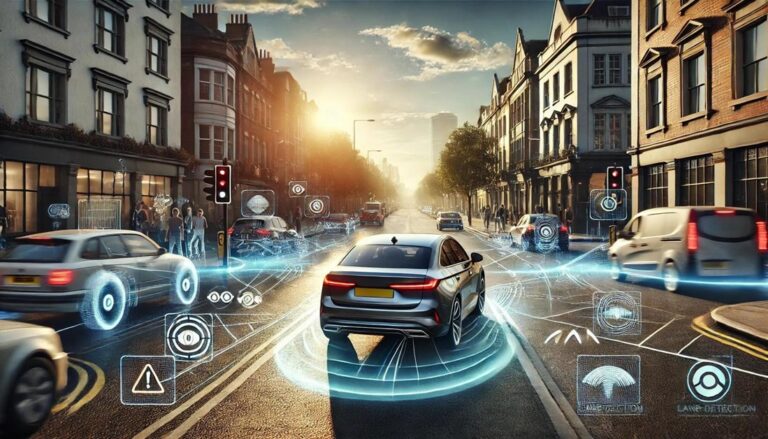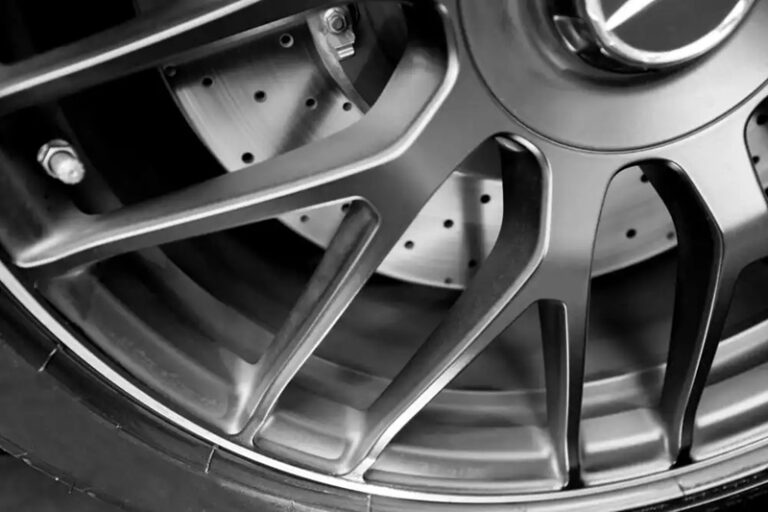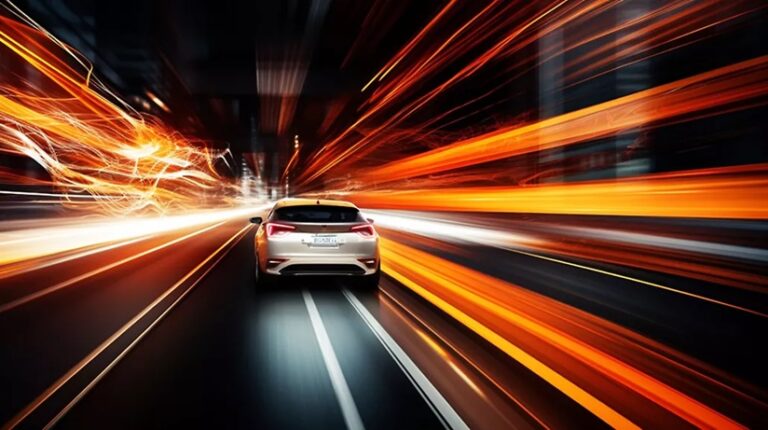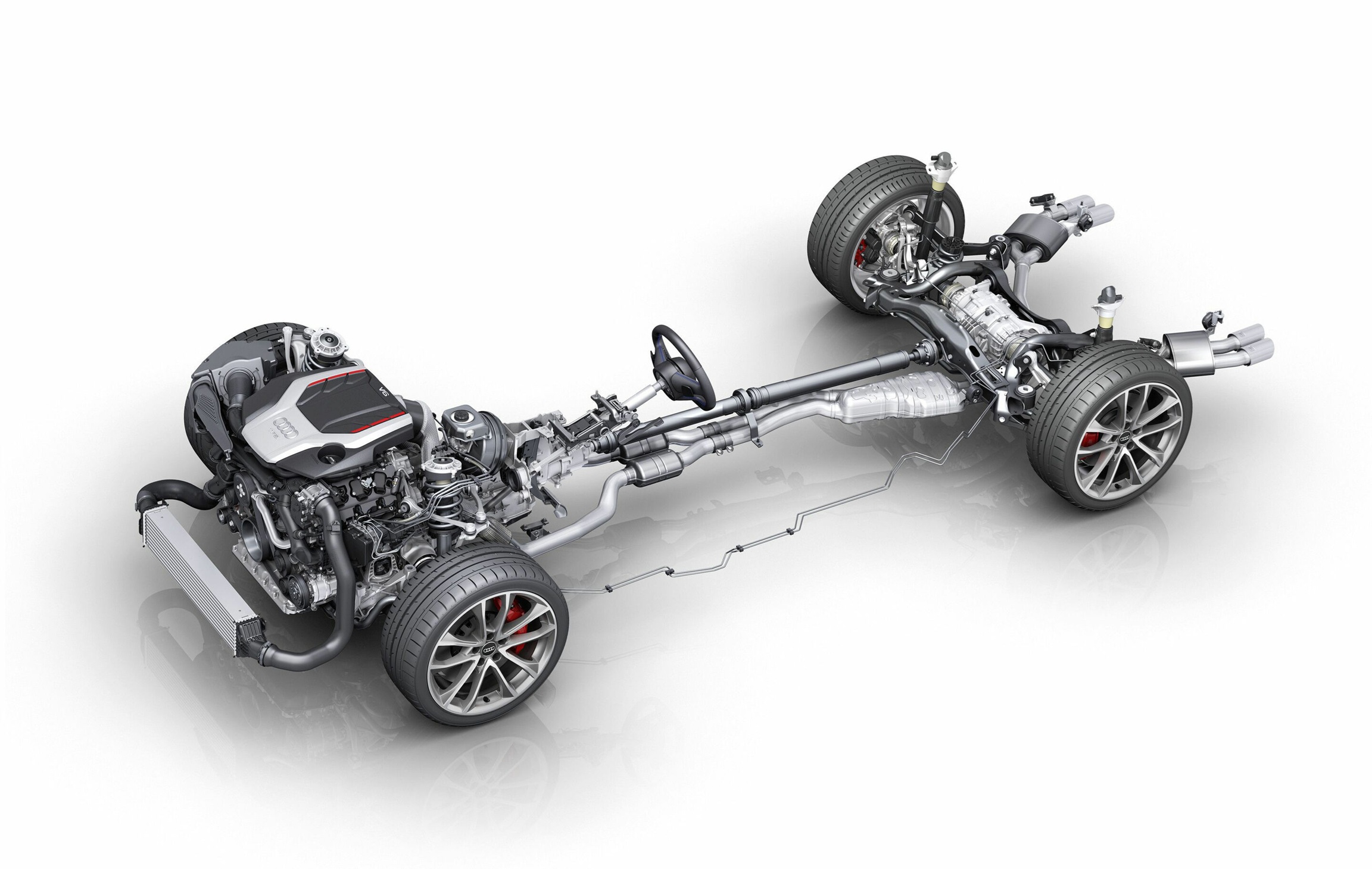
The drivetrain is the unsung hero of every vehicle, silently working to translate engine power into motion. It dictates how torque reaches the wheels, how efficiently a car accelerates, and how well it grips the road under different conditions. While the engine generates power, it’s the drivetrain that determines how that power is applied. Whether you’re cruising on the highway, navigating treacherous terrain, or launching from a standstill, your drivetrain is the system that makes it all possible.
Drivetrain technology has evolved significantly, incorporating advanced materials, computer-controlled differentials, and adaptive torque distribution systems. Understanding how the drivetrain works is essential for anyone looking to maximize performance, improve handling, or simply choose the right vehicle for their needs.
What is Torque? The Force That Sets Everything in Motion
Torque is the force that gets a vehicle moving, the twisting power that propels it forward. Measured in pound-feet (lb-ft) or Newton-meters (Nm), torque represents the rotational force applied to the crankshaft by the engine. Without torque, acceleration would be nonexistent—power would have no means of reaching the wheels.
Torque is particularly crucial in applications requiring quick bursts of power or sustained force, such as towing, off-road driving, or high-performance acceleration. Vehicles with high torque output can move heavy loads effortlessly and provide rapid acceleration at low RPMs. This is why diesel engines, known for their immense torque, are often preferred for hauling and commercial applications, while high-performance sports cars rely on precise torque management for blistering acceleration.
How Torque Travels: The Components of a Drivetrain
Torque begins its journey at the engine and travels through a series of interconnected components before reaching the wheels. The main elements of a drivetrain include:
- Transmission: Regulates engine power, ensuring the correct amount of torque reaches the wheels based on speed and driving conditions. Manual transmissions require driver input to shift gears, while automatic and CVT systems handle the process electronically.
- Driveshaft: A rotating tube that transmits power from the transmission to the differential in rear-wheel and all-wheel drive vehicles.
- Differential: A key component that splits torque between the wheels, allowing them to rotate at different speeds when cornering.
- Axles: Transfer torque from the differential to the wheels, enabling movement.
Each component plays a pivotal role in balancing torque distribution, maximizing efficiency, and maintaining control in various driving scenarios.
Traction: The Key to Power Transfer and Stability
Traction is the grip between the tires and the road surface, the critical factor that determines whether torque translates into motion or wasted energy. Too much power applied without sufficient traction results in wheel spin, while too little power can lead to sluggish acceleration and inefficient driving.
Tire composition, tread patterns, and road conditions all influence traction, but so does drivetrain configuration. Vehicles equipped with advanced traction control systems monitor wheel slip and adjust power distribution in real-time, ensuring optimal grip on wet, icy, or uneven surfaces. All-wheel drive (AWD) and four-wheel drive (4WD) systems take this a step further by redistributing torque between wheels to maintain stability under extreme conditions.
Speed and Power Distribution
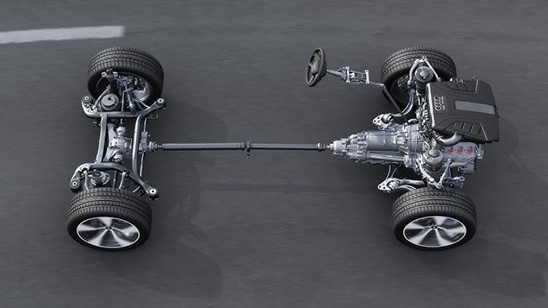
The relationship between torque and speed is a delicate balancing act. More torque at lower speeds allows for strong acceleration, while higher speeds require a precise power-to-weight ratio to maintain efficiency. Drivetrain technology helps optimize this balance by adjusting how torque is distributed based on the driving situation.
- Front-Wheel Drive (FWD): Sends power exclusively to the front wheels. This design is efficient, cost-effective, and provides good traction in normal road conditions. However, FWD vehicles may struggle with high-performance handling due to torque steer.
- Rear-Wheel Drive (RWD): Sends power to the rear wheels, offering superior weight distribution and handling. This layout is favored in performance cars and trucks but can be challenging in slippery conditions without traction control.
- All-Wheel Drive (AWD): Constantly adjusts torque distribution between front and rear wheels, improving grip in changing conditions. This system is common in modern SUVs and sports sedans.
- Four-Wheel Drive (4WD): A more rugged drivetrain designed for off-road and extreme conditions. It typically operates in two-wheel drive mode until manually engaged for full traction.
Each system has its advantages, with the choice largely dependent on driving habits, climate, and intended vehicle use.
The Role of Differentials in Power Management
The differential is an integral part of drivetrain dynamics, allowing the wheels to rotate at different speeds while maintaining torque distribution. Without a differential, a vehicle’s tires would struggle to navigate turns, leading to excessive wear and loss of traction.
- Open Differentials: The simplest type, allowing independent wheel movement. While effective in normal conditions, open differentials can cause one wheel to spin excessively on slippery surfaces.
- Limited-Slip Differentials (LSD): Reduce wheel slip by transferring more power to the wheel with traction, improving stability.
- Locking Differentials: Common in off-road vehicles, these force both wheels on an axle to turn at the same speed, maximizing grip in extreme conditions.
- Torque Vectoring Differentials: Found in high-performance and luxury vehicles, these electronically manage power distribution to individual wheels for optimal handling and acceleration.
Drivetrain Innovations
As vehicle technology advances, drivetrain systems are becoming more sophisticated. Computer-controlled torque vectoring, predictive traction systems, and electrified drivetrains are redefining how power is distributed.
Hybrid and electric vehicles (EVs) have introduced new drivetrain configurations, such as dual-motor setups that allow for instant torque distribution. Unlike traditional internal combustion engines, which must build RPMs to generate peak torque, electric motors deliver full torque instantaneously, providing unparalleled acceleration and efficiency.
Additionally, AI-powered traction control systems are being developed to anticipate road conditions before slip occurs, making vehicles even safer and more responsive. These advancements ensure that future drivetrains will not only deliver superior performance but also improve efficiency, safety, and adaptability across all driving environments.
The Perfect Balance of Torque, Traction, and Speed
Drivetrain technology is at the heart of vehicle performance, shaping how power is delivered and how efficiently a car moves. Torque sets the wheels in motion, traction ensures that power is applied effectively, and speed determines the efficiency of power distribution.
As technology continues to evolve, the modern drivetrain is becoming more adaptive, intelligent, and refined, making vehicles faster, safer, and more capable than ever before. Whether you’re an off-road adventurer, a performance enthusiast, or a daily commuter, understanding the fundamentals of drivetrain dynamics helps you appreciate the engineering behind every journey.

